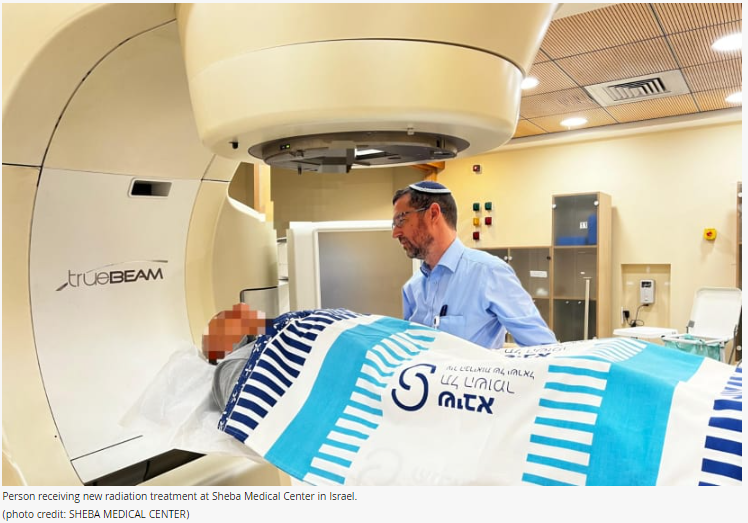Experts at Sheba Medical Center in Israel have developed a new radiation treatment that significantly reduces the severe pain caused by pancreatic cancer by targeting the celiac plexus nerve, offering patients less suffering while undergoing life-saving treatments, and has now been included in the new American guidelines for treating this aggressive disease.
The international study, conducted in the US, Canada, Poland, Portugal, and Israel, involved 125 patients who received a single high-dose radiation treatment to the celiac plexus nerve. Fifty-three percent of them reported a significant reduction in pain as a result of the treatment and a notable improvement in their quality of life.
Pain is only one of the factors
The study’s findings have already achieved an important milestone: the treatment method has been included in the new American guidelines for treating pancreatic cancer and is now available to most patients in the US. Patients can now also receive innovative treatment at Sheba Medical Center.



